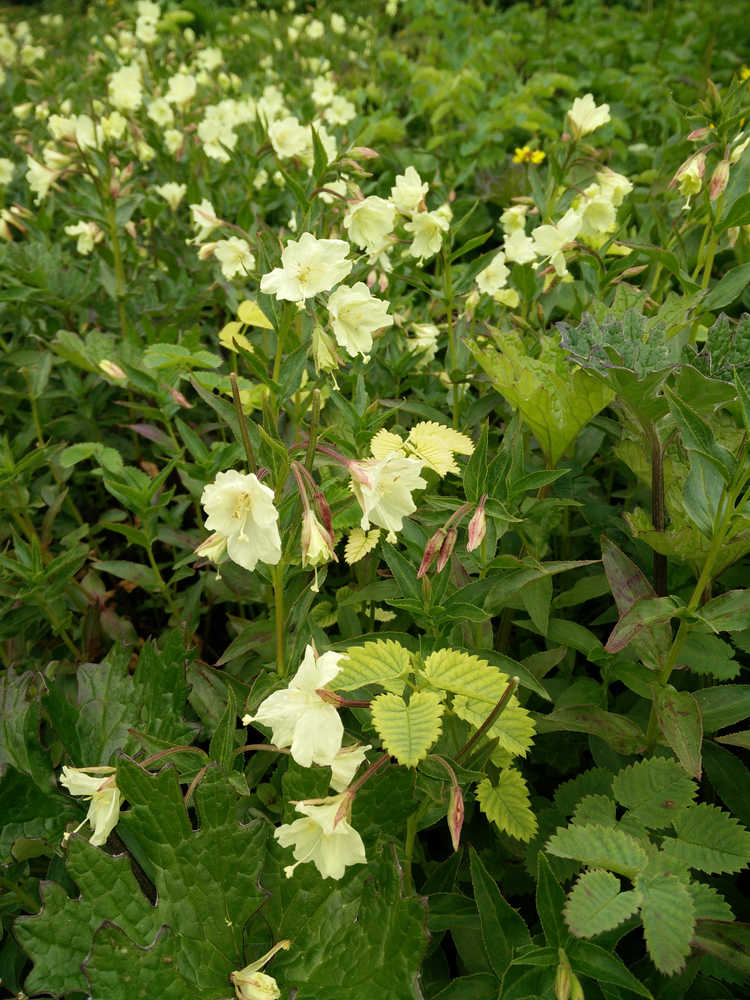A stroll across Bridget Cove tide flats in early July brought us to a stand of eelgrass. To our surprise, the eelgrass was dotted with many thousands of fish eggs. We thought this was too late in the season for herring, but a forage-fish expert told me that herring have been known to spawn there in early July.
The eggs would need to incubate for about two weeks (at a temperature of 8 degrees centigrade) and the embryos of these eggs appeared to be in early stages of development. If we went back a week or so later, they probably would have hatched.
After the recent jökulhlaup, I went to inspect the “gooseneck” area on the lower Mendenhall River, where a sweeping loop in the river has created a narrow peninsula just upstream from Vintage Park. I imagined that the big water coming down would have breached the really narrow part of the peninsula, flowing over the top and eroding at least an overflow channel. But no! There is indeed some new erosion of the bank on the upstream side. On top, trees now lean downstream, their roots tipping up and making large cracks in the soil; they will probably fall rather soon, reducing the top of the peninsula to just a couple of feet in width. Something to keep our eyes on!
Just on the other side of Cropley Lake, in a wet area, is a stand of pale yellow flowers. This is a species of fireweed called yellow fireweed or sometimes yellow willowherb (Epilobium luteum). The familiar pink flowers of the usual fireweed (formerly a species of Epilobium but now reclassified in a separate genus, Chamaenerion) are evident all over town, but the yellow one is much rarer. We’ve seen small numbers of this in only a few places around here. It can propagate vegetatively, so once a plant gets established from seed, it can spread locally if the habitat is suitable. (And by the way, why is the pollen of the pink fireweed sometimes blue-green?)
Another familiar local plant is known as goatsbeard (Aruncus dioicus). This species is dioecious, bearing male and female flowers on different individuals. On a recent stroll up Perseverance Trail, we looked more closely at the narrow flowering tassels. Indeed, just as expected, males and females were distinguishable. However, we were interested to see that in a very few male plants, a small number of seed pods were developing on some of the tassels. I recall that some other reportedly dioecious plant species have similar transgender issues at least upon occasion. Because the female plants were well past flowering and had well-developed seed pods, we could not tell if any of them had once sported male parts.
On Gold Creek, a female harlequin duck was foraging, dipping and diving among the rocks. We enjoyed watching her skillful maneuvers, swimming upstream underwater, skittering rapidly on the surface of a broad, flat rapid, doing balanced skids on wet rocks, and ferrying across the fast chutes just like a kayaker or a canoeist would do. Humans may have learned this technique, long ago, from the ducks.
A friend reported a dipper nest in the spillway on Gold Creek, so I went to look. Sure enough, in a big crack in the concrete was a pile of moss with an opening through which I could see movement. Mama dipper was either incubating eggs or brooding chicks, while Papa was on guard on a boulder nearby. Later, I looked again, and now the adults were both outside, feeding three or four small, piping nestlings. Big loads of caddisfly larvae and other goodies went down the begging mouths. Very satisfying to observers, as well!
One day we walked on the sand flats of Eagle River along the Boy Scout Trail. There were small footprints in the sand, looking a bit like a baby’s foot but with five claw marks well ahead of the pad. Hmmmm, probably a porcupine. And presently we saw the perpetrator, busily nipping of the ends of beach greens (a.k.a. seabeach sandwort; Honkenya peploides) shoots. After some minutes, the critter bustled off toward the woods, and we went to look at the nibbled shoots. It had ignored the shoots with seed pods and seemed to have concentrated on the shoots with flowers.
This area of sand flats has many clumps of beach greens, whose shoots sprawl out in all directions. In one portion of this plant colony, most of the clumps had been rolled up from one side…the long shoots on that side were flopped over the ones on the other side, consistently in the same direction. We know from reports of other observers that porcupines sometimes roll up outdoor carpets and lick what is underneath. Could these plants reflect similar behavior? If so, what are the animals getting?
Thanks to Darcie Neff for information and references.
• Mary F. Willson is a retired professor of ecology.

